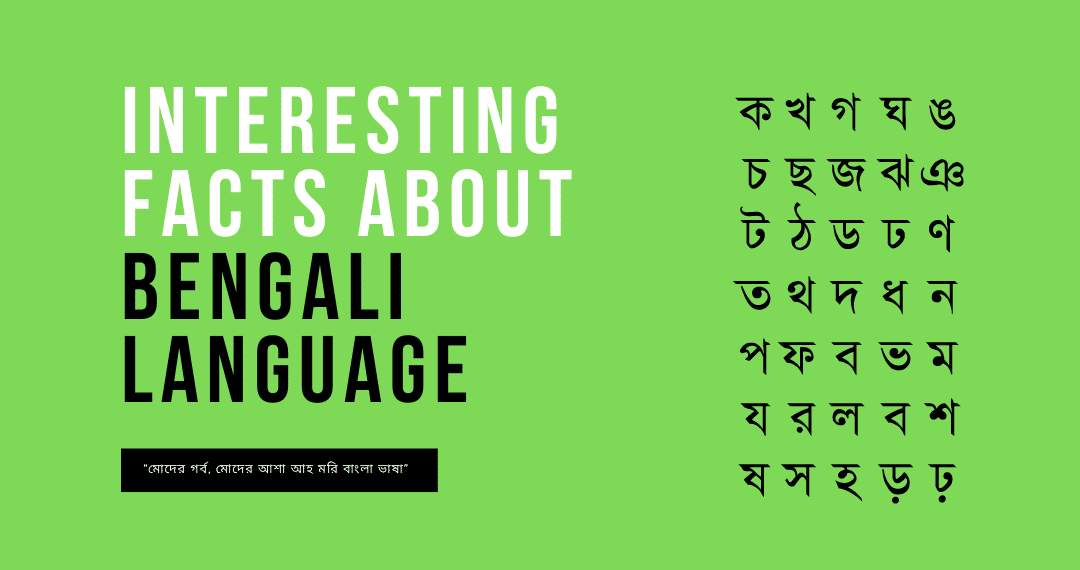“মোদের গর্ব, মোদের আশা
আহ মরি বাংলা ভাষা”
These two lines that translate to “Our pride, our hope. My beloved Bengali language.” often awakens a deep sense of love and admiration for my mother tongue – Bengali.
With 265 million speakers globally and 205 million native speakers, Bengali is the 7th most spoken language in the world. It is also the 5th most widely used writing system in the world.
Bengali is the official language of Bangladesh and some Indian states, including West Bengal, Assam, and Tripura. According to the 2011 Census of India, Bengali is also the second-most spoken language in India.
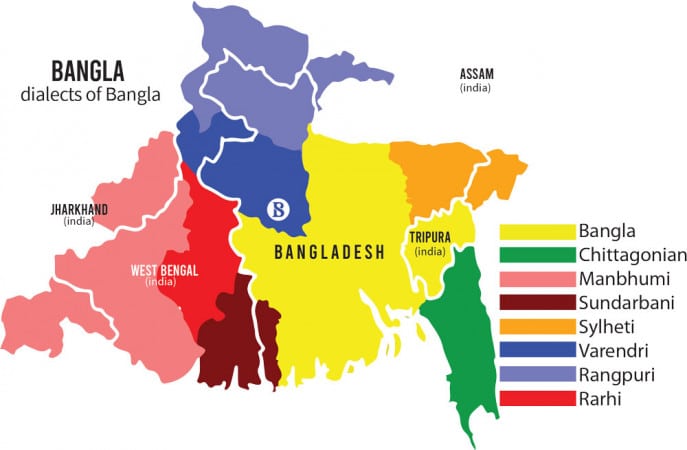
It is also the only language in which the national anthems of the two countries were written, the language that has been enriched with noble thoughts by great thinkers and humanitarians, and also the language that has the sweetest “dak naam” (pet names) for girls and boys alike that can make even the toughest heart melt!
But, that’s not all there is! There are plenty of other interesting facts that make this language one of the most widely spoken and loved languages across the globe.
Here’s a well-curated list.
Are you looking for Bengali Translation Services?
Milestone helps you seamlessly translate content & localize your website, products, and services for more reach, better conversions, and greater sales.
The Indian national anthem was first written in Bengali
The lines of India’s national anthem, “Jana Gana Mana,” are taken from Rabindranath Tagore’s song, “Bharoto Bhagyo Bidhata.”
Originally written in Bengali with five stanzas, it was first published in an issue of Tatwabodhini Patrika in 1905. Tagore wrote the English interpretation of the Bengali song on 28th February 1919 and named it “The Morning Song of India.”
The first stanza of the song was officially declared India’s national anthem by the constituent assembly of India on 24th January 1950.
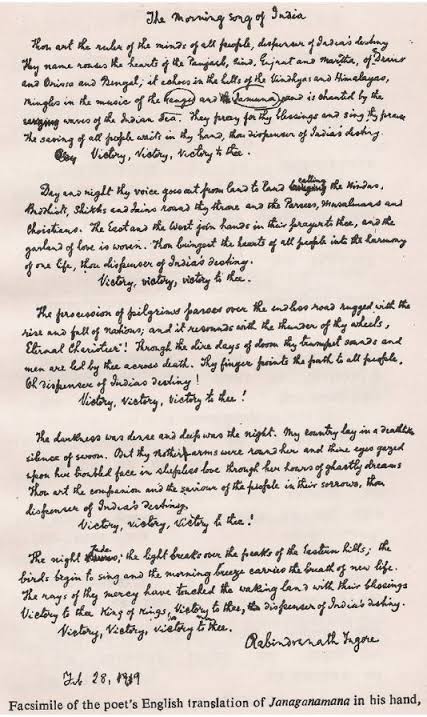
Also read: 10 Interesting Facts About The Kannada Language
The grandchild of Magadhi Prakrit
Just like several other Eastern Indo-Aryan languages, Bengali too arose from the eastern Middle Indic languages of the Indian subcontinent, such as Magadhi Prakrit, Pāli, and Sanskrit.
Magadhi Prakrit, presumed to be the oldest spoken language in the East, developed into Ardhamagadhi (“Half Magadhi”) in the early part of the 1st millennium. It then eventually made way for the Apabhramsa languages.
Purvi Apabhramsa or Apabhramsa Abahatta, the local Apabhramsa language of the eastern subcontinent, gradually evolved into regional dialects. This, in turn, formed three language groups – the Bihari languages, Bengali-Assamese languages, and the Oriya languages.
So when you travel to countries with the same grandparent language, it is not surprising to find several common words. For example, Nepal. Even though it has completely different terrains and culture, Bengali and Nepali share a lot of the same words. Some examples are, “bhishon,” “ekta,” “prochondo,” etc.
Also Read: 10 Mind Boggling Facts about the Malayalam Language
Bengali is gender free
This is a factor that often makes learners of the Bengali language ecstatic. Bengali nouns are not assigned a gender, which leads to minimal changes in adjectives.
Both nouns and pronouns are altered depending on their function in a sentence, in four cases, while verbs are heavily conjugated.
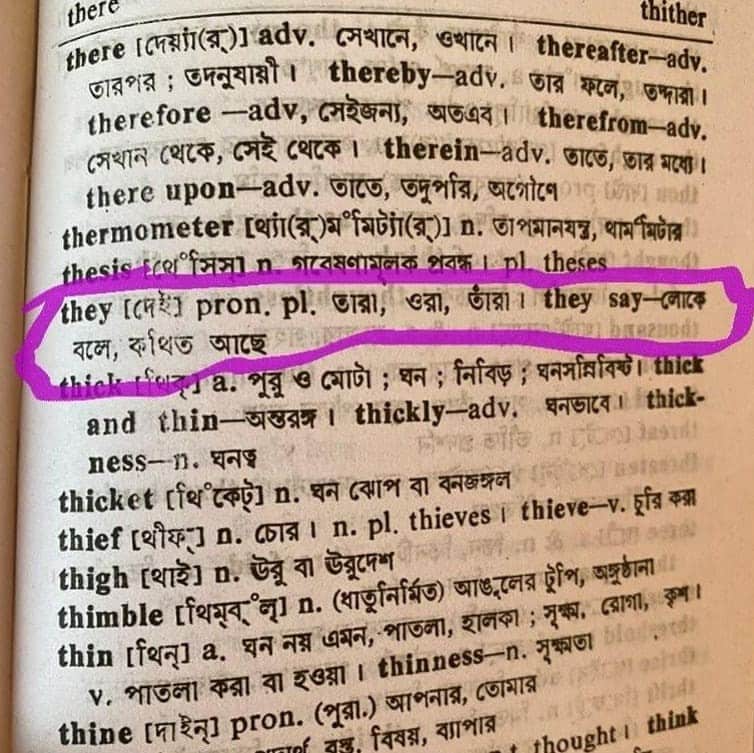
However, the language does have gender-specific terms such as মা এবং বাবা (maa and baba) for mother and father or নায়ক এবং নায়িকা (nayok and nayika) for actor and actress.
Not to forget, this also helps a learner grasp the basic words and usage real quick.
Also Read: Languages of North East India
Asia won its first Nobel Prize for Bengali
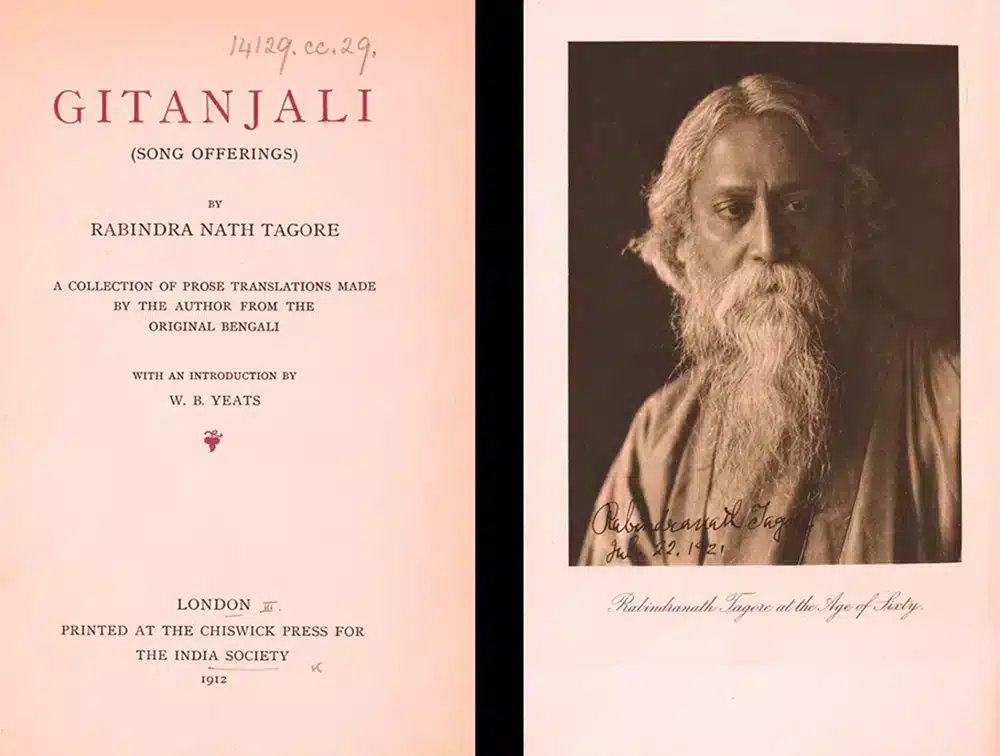
The first Asian, as well as Indian to win a Nobel Prize, was Rabindranath Tagore. The poet, philosopher, writer, musician, and painter was the first non-European to win a Nobel Prize in Literature.
Rabindra Nath Tagore was awarded the Nobel Prize in November 1913 for Gitanjali, a book of his finest collection of poems. Gitanjali, originally written in Bengali, was later translated into many languages.
And to quote the Nobel Prize organization, Tagore was awarded “because of his profoundly sensitive, fresh and beautiful verse, by which, with consummate skill, he has made his poetic thought, expressed in his own English words, a part of the literature of the West.”
Also read: Languages Of East Asia [Complete Guide]
International Mother Language day is based on the Bengali language
UNESCO declared 21st February as International Mother Language Day (IMLD) in 1999. But what was the reason behind it?
Well, it turns out that the reason behind celebrating linguistic diversity across the world on this day is to commemorate the martyrs who laid down their lives in the Language Movement that took place in Bangladesh on 21st February 1952.
21st February, known as “Amar Ekushey” (অমর একুশে) in Bengali holds special significance for speakers of the language, and especially for the people of Bangladesh. It is on this day that thousands of students protested and sacrificed their lives to retain Bengali as the national language of erstwhile East Pakistan.
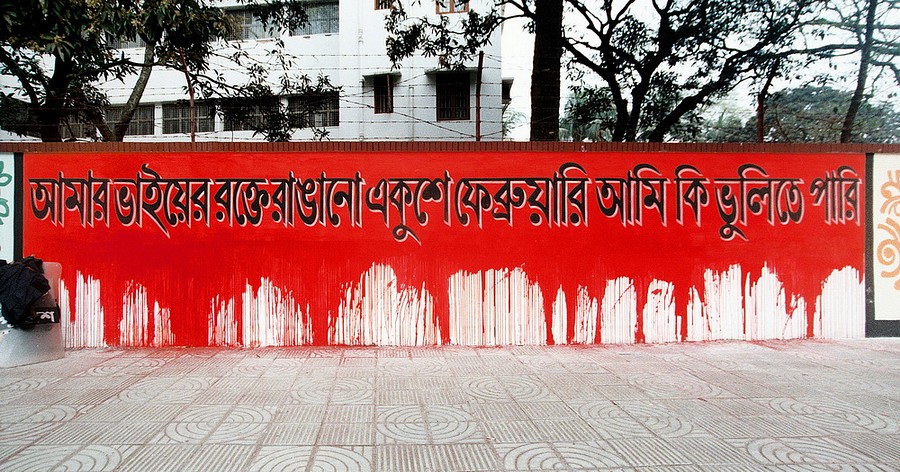
The movement was started to preserve the privileges to speak and write in someone’s mother tongue. And the loss of all those lives did not go in vain because the movement gained global recognition that led to UNESCO declaring this day as IMLD to save the endangered languages of the world.
Also read: Fastest Growing Languages In The World
Connect With Bengali Speaking Customers In Their Native Language
Milestone helps you seamlessly translate content & localize your website, products, and services for more reach, better conversions, and greater sales. Get in touch with us for a special discount.
There are 2 written forms in Bengali
There are two literary styles in Bengali – Shadhu (elegant language) bhasha and Cholito or cholti (current) bhasha. Shadhu bhasha is the traditional literary style used around the 16th century, while the latter is a style developed around the turn of the 19th century, based on the speech of educated people in West Bengal.
While the difference between the two is mainly in the forms of pronouns and verb inflections, most people are fluent with Cholti bhasha today. Shadhu bhasha is now just considered the older style of writing and no longer spoken.
However, it is necessary to note that while most writings today are carried out in cholti Bangla, there is a far greater variety in spoken dialects.
South-eastern West Bengal, including Kolkata and the suburban regions, speak in cholti Bangla. But other parts of West Bengal speak in dialects with different variations, such as the Midnapore dialect, which is characterized by some unique words and sentence constructions.
Milestone Localization has an excellent localization team that includes experienced Bengali translators and proofreaders that can help you get your content localized in the language in no time! To know more, click here.
One mark can change the meaning of the word.
Bengali is perhaps the only language where you can change the meaning and pronunciation of a word with just one mark! No, we are not kidding!
Bengali uses diacritical marks while writing to change the default sound.
For example, let us consider the word dada (দাদা). Dada means elder brother in Bengali. Let us now break it into syllables: da-da. Consider the first syllable, ‘da.’ Its consonant is ‘d.’ Bengali for ‘d’ is ‘দ.’ Now notice that ‘দ’ is followed by an ‘a,’ that is a ‘আ’ in Bengali.
Since the consonant ‘d’ is followed by the vowel ‘আ,’ we will attach the diacritical ‘কার’ form of the vowel ‘আ’ with the preceding consonant ‘দ.’ The diacritical form of ‘আ’ is ‘া.’ So ‘da’ in Bengali script is ‘দা.’ The same procedure is repeated for the second syllable, which gives us the word দাদা.

Also read: Simplified vs Traditional Chinese: What Is The Difference?
Rich storage of vocabulary
Bengali has about 100,000 unique words – about 60 percent of it is its own, 25 percent is borrowed from Sanskrit, and the remaining 15 percent is from Austro-Asiatic and other foreign languages.
The Bengali language has absorbed numerous words from foreign languages, courtesy, centuries of contact with Europeans, Turkic peoples, and the Persians. In fact, some English words, such as Jute and Bungalow, are borrowed from the Bengali language.
An honorary official language in Sierra Leone
Bengali was declared an honorary official language in Sierra Leone, West Africa in 2002. This was to honor the 5300 Bangladeshi troops who were part of the Sierra Leone UN Peacekeeping Force.
These troops formed the largest part of the UN force in the Republic of Sierra Leone. They also played a significant role in ending the 11 years of internal civil war and restoring peace in the country.
Happy with the work done by the troops, the then President of the country, Ahmad Tejan Kabbah announced that Bengali would henceforth be considered an official language in the Republic.

One of the sweetest languages in the world
While many news reports say that Bengali has been voted the sweetest language in the world followed by Dutch and Spanish in a UNESCO survey, the truth is that there is no definite proof.
However, it is still considered one of the sweetest languages in the world. And there are plenty of reasons for that! To begin with,
Bengali is perhaps the only language where all consonants have a vowel sound built-in (that makes the words sound sweeter) and not to forget, a gorgeous writing system.
It is also the language for which thousands of people laid down their lives and the language that several great poets and artists used to create masterpieces. Well, what can we say, sweetness, not only runs in our blood but also in our language!
Also Read: Global Language Facts That Will Surprise You
Conclusion
As you can see, there are many reasons why you should think about translating your content into the Bengali language. With so many people speaking the language, you should make sure to start considering how you can get your business into the Bengali market. We hope you enjoyed this blog post. If you would like to discuss further Bengali Language Translations & Localization, please get in touch with us.
Connect With Bengali Speaking Customers in Bengali Language
Translate your content & localize your website, products, and services for more reach, better conversions, and greater sales.
Get in touch with us for a special discount.

